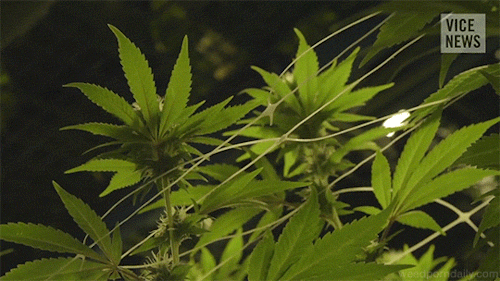(FOX) One research group, led by Andrea Hohmann, a professor of neuroscience at Indiana University, has developed a class of compounds that partially mimics the action of the main psychoactive ingredient in marijuana, THC, short for tetrahydrocannabinol. THC stimulates cannabinoid receptors in the brain to release endocannabinoids, natural pain-relieving molecules. Hohmann's compounds, called positive allosteric modulators, or PAMs, bind to a recently discovered site on a cannabinoid brain receptor called CB1, but they do not bind to the typical THC receptor or the opioid receptor. As a result, the compound produces pain relief without the high associated with marijuana and without the risk of addiction. In experiments, the compound provided pain relief to laboratory mice that were given paclitaxel, a common cancer chemotherapy drug known to damage nerves and cause pain. The PAMs acted in "a very targeted way [and] amplified the therapeutic effect of endocannabinoids," Hohmann told Live Science. "You can view it as 'turning up the gain.'"
Cannabis News Weeducation
Marijuana-like drugs may offer addiction-free pain relief
on November 18th, 2016

